So you’ve been saving up your weekly allowance money, and have even run a lemonade stand for the past few summers to save up a bit of cash. You’ve decided it’s time to fulfill your life-long dream: to make Jurassic Park a reality.
Hold up there, pardner! Not so fast. How much would it cost to build Jurassic Park?
Before you put the down payment on a private island, let’s first get a quick estimate of how much all this will cost. We wouldn’t want to run out of Tyrannosaurus feed due to budget cuts; it might get ugly.
How much would it cost to build Jurassic Park? We estimate a $1,021,000,000 start-up cost with ongoing annual expenses of around $300,000,000. This would require ticket prices of over $7,000 to break even.
This article takes an authentic approach to building the park featured in Michael Crichton’s novel Jurassic Park and in the Jurassic Park and Jurassic World films. I’ll be using United States dollars (USD) to make this consistent throughout. I will bold the dollar amounts if you want to follow along.
Getting the Islands
If we want to stay true to the story, then we will limit our search to islands around Central America including in the Pacific Ocean and the Caribbean Sea.
We’ll need to choose an island large enough to house the entire park. It will also need to be isolated enough from other land masses to limit the risk of any dinosaurs taking an unplanned vacation elsewhere.
We will also be limited to the islands currently listed for sale. Unfortunately, this necessarily limits the available options for our private island, so we won’t have the luxury of choice.
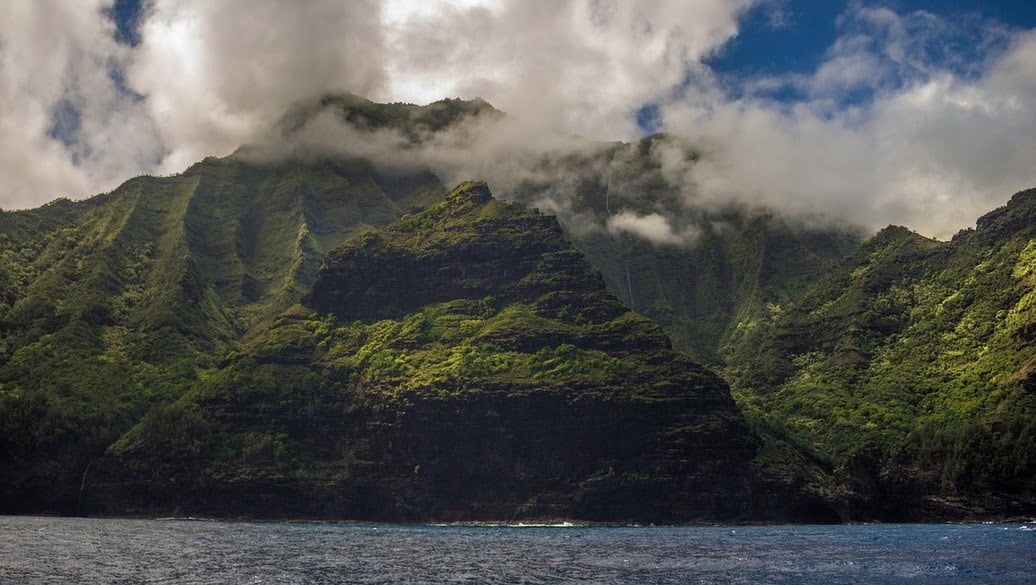
A quick perusal of private islands currently for sale worldwide shows prices ranging from anywhere between under $1,000,000 to upwards of $150,000,000. Given the narrow scope of our search, let’s budget $100,000,000 for a large, secluded, tropical island.
Let’s not forget that InGen, the company that built Jurassic Park, developed and raised many of their dinosaurs on a second, nearby island, so we’ll need to budget for that too. We’ll need an island with similar criteria as the first one, so let’s budget another $100,000,000.
Building Materials for Jurassic Park
To build the park, we will need to plan for the construction of many, many facilities. These facilities include power stations, miles upon miles of fences, roads, docks, hotels, a visitor center, restaurants, rides, and all manner of attractions. In other words, we’re constructing a small city.
These facilities will prove costly: according to “How to Start a Zoo” from Step by Step Business, the startup cost of a zoo could range anywhere between $4,000,000 and $12,000,000.
This estimate seems very low, however, according to an article from The San Diego Union-Tribune, the net assets of the San Diego Zoo (one of the largest zoos in the country) totaled around $500,000,000 in 2018. You can learn more on the San Diego Union-Tribune website.
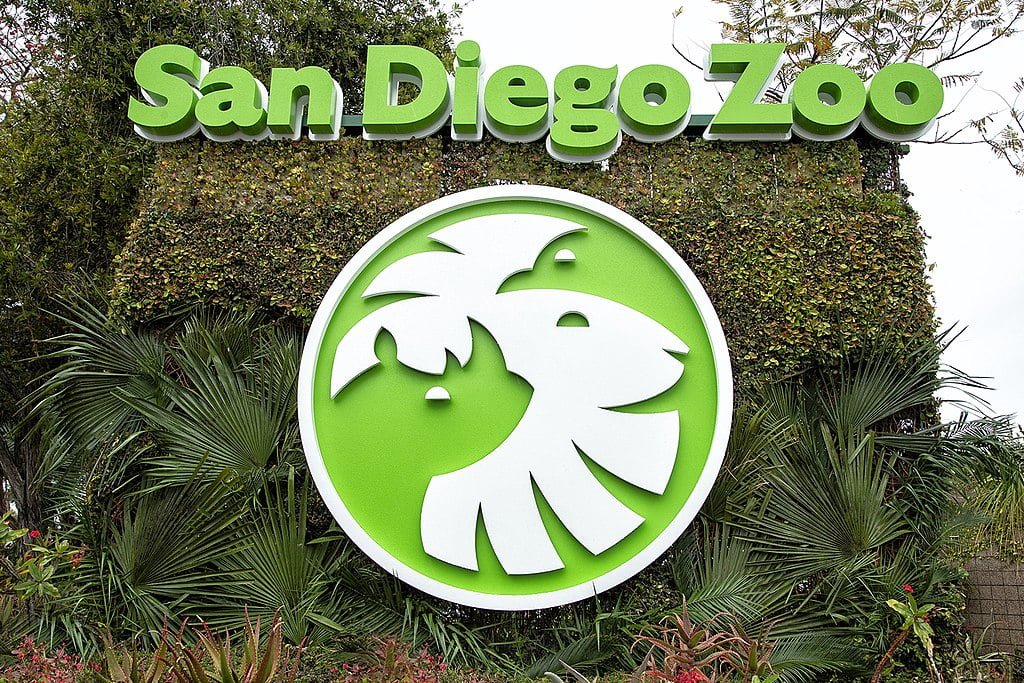
Given that we’ll “spare no expense” with our dream, let’s assume that Jurassic Park will come with a price tag closer to this.
Transportation Costs for Jurassic Park
Even if an asset is worth a set amount of money, that doesn’t necessarily reflect how much it costs to make it in the first place.
For example, the San Diego Zoo may be worth a grand total of $500,000,000, but it cost much more than that to gradually build and maintain it over the many decades of its existence. Speaking of which, how will being on a private island affect construction costs for Jurassic Park?
Unlike mainland construction, where all of the needed materials can be delivered using the nation’s highways, we will need to bring everything in via cargo ship.
That means boats. Lots and lots of boats. When assessing the cost to build Jurassic Park, we are sparing no expense.
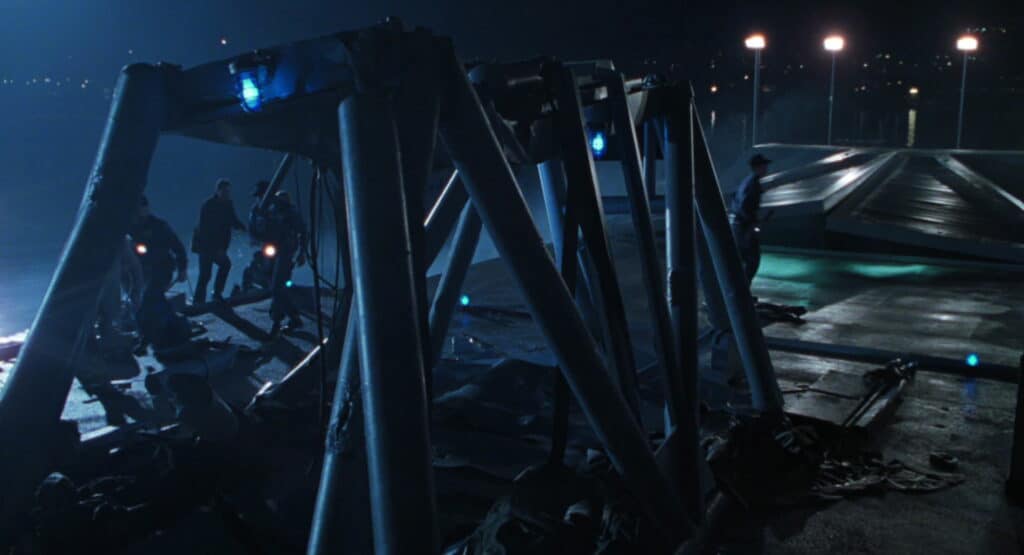
As you might expect, cargo ships cost a lot to rent: they may range from around $20,000 per day to upwards of $50,000 per day.
Let’s assume that our island is, say, a 10-day journey from the mainland. We book a cargo ship that costs $35,000 per day and we need to bring 30 trips’ worth of materials to build everything.
Remember that we’re building a small city. That means that each trip, there and back, will cost $700,000.
That’s a lot of change to get a shipment of root beer for your vending machines to feed your hungry staff. Multiply this by 30 trips, and you get $21,000,000 just to get everything on the island.
Jurassic Park’s Annual Expenses
And now we get to one of the most important costs: daily operations. From this fund, we’ll feed our dinosaurs, fuel up our jeeps, stock the vending machines, and keep our employees well-compensated.
As you may recall, one of the downfalls of the first park was that its computer engineer, Dennis Nedry, wasn’t paid enough, so he betrayed the park to its rivals.
We need to make sure to avoid similar situations. I’ll once again use the San Diego Zoo as an analog. Its annual expenses in 2020 totaled about $300,000,000 according to www.causeiq.com.
This means that, at the very least, we can expect to spend $300,000,000 or more per year keeping the lights on at Jurassic Park.
Cost of Feeding Dinosaurs
A significant contributing factor to Jurassic Park’s exorbitant costs would be feeding the animals. Take the Tyrannosaurus rex, for example. Because they’re massive, they will need to eat a lot.
If you’re interested in learning why prehistoric animals were so large, check out Theron’s article here after you’re done reading this post.
The author of XKCD estimates that T. rex consumed around 40,000 kCal per day. Check out their website here to learn some other cool feeding metrics, such as the number of McDonald’s hamburgers.
We need to feed the T. rex goats to stay true to the movie, so how many goats would that be? The USDA lists goat meat as containing 143 calories per 100 grams of meat, or 1430 calories per 1 kilogram (2.2 pounds) of meat.
Given XKCD’s estimate, it would take about 61 lb (27 kg) of goat meat to feed one T. rex for a single day. Given that goats are not made of solid meat, we would probably need about a 70 lb (31 kg) goat to satiate a T. rex for a single day.
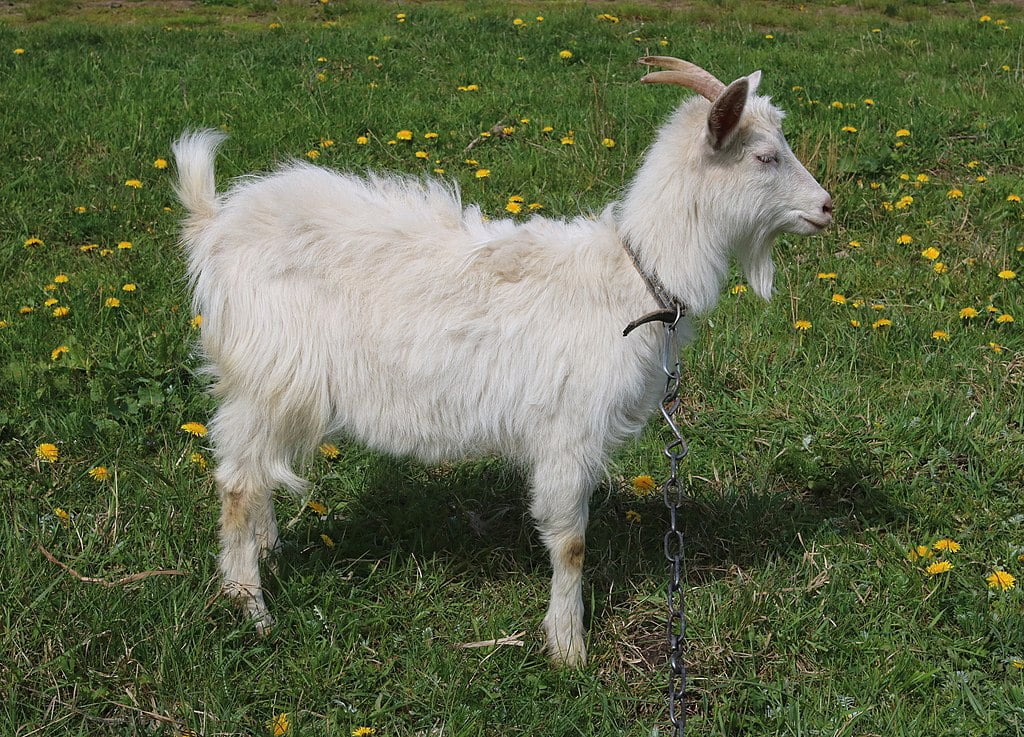
Let’s assume that goats of this size cost around $250. That means that good ol’ “Rexy” will chomp down on just under $100,000 worth of goats annually.
Of course, we’d have to revise our figures for each animal separately and adjust accordingly to dinosaur metabolisms. We’ll save that discussion for a future article.
The Totals For Our Park
Let’s summarize everything we have so far:
| Necessary Expenditures | Estimated Cost |
|---|---|
| Private Island | $100,000,000 |
| Second Island | $100,000,000 |
| Building Materials | $500,000,000 |
| Cargo Ships | $21,000,000 |
| Annual Operating Expenses | $300,000,000 |
This means that simply opening the park, might cost around $1,021,000,000. Remember that this isn’t factoring in the massive research & development budget or the expenses necessary to operate the second island!
Your Lemonade Stand
Unfortunately, I think we’ve both realized that you probably haven’t saved up enough to open Jurassic Park just yet. Never fear, we can calculate how many lemonade stands it would take to provide the necessary funding.
Let’s pretend that, every time you sell a cup of lemonade, you make $1 in net profit. Now you’ll only need to sell just over a billion cups of lemonade!
Let’s further assume that each lemonade stand that you operate can sell an average of 200 cups of lemonade in a day for 4 months of the year. We make this assumption given that peak lemonade demand occurs in the hot summer months.
There are 354 cities in the United States with populations over 100,000 according to worldpopulationreview.com. You plan to set up a lemonade stand in every one of them.
That means that each year, you’ll sell about 8,500,000 cups of lemonade and make about $8,500,000 in net profit.
Luckily for you, you filed the correct paper to be tax-exempt and therefore don’t need to pay taxes on your hard-earned money. Well done!
As a result, it will only take you 120 years to raise enough money from selling lemonade to make Jurassic Park come true. This is ignoring inflation, of course. Where did John Hammond get all that money?
Attendance Fees
Once we have the park up and running, we will be able to make money by selling tickets, food, souvenirs, and other services to our guests. Finally, right?
To break even, we will need to make enough money to cover our operating expenses, which we estimated at $300,000,000 per year. As such, we will need to divide this total by the number of guests to calculate the price of admission, lodging, rides, etc. per guest.
The San Diego Zoo attracts around 3.2 million guests per year. If we assume that a similar number visit Jurassic Park, this means that, to match the operating costs, each person will need to pay about $100: a very reasonable price indeed to see previously-extinct dinosaurs.
This does not factor in, however, the price of transportation to and from the island. It also assumes that Jurassic Park would be able to support over 3,000,000 annual visitors, which would likely strain the island’s infrastructure to the breaking point.
For example, just imagine how much sewage would be generated by that number of people and how difficult it would be to process it all on a secluded island. Those who live on islands understand this difficulty all too well.
Perhaps a more reasonable estimate of the annual visitors to the island, given its seclusion and size, would be around 100,000. This new estimate yields an all-expenses-included ticket price of $3,000 per person.
Even this ticket price is too low! Unlike the San Diego Zoo, where people visit for a day and leave, guests at Jurassic Park can be expected to stay for a week or longer, which means they will need hotels, food, and many other services.
If we tack on the added prices of these services, which would likely be similar to the prices of other tropical resorts, onto the $3,000 admission price, then we get a cost of around $7,000 per person. We also need to revise our operating budget to reflect these additional services.
Can We Determine the True Cost to Build Jurassic Park?
At the end of all this “cocktail napkin math,” we’re left with only one conclusion: unless you’re born with a silver spoon in your mouth, you probably won’t be able to afford to make your own Jurassic Park.
The average family could, however, save up money to be able to afford the vacation of a lifetime. Especially if the park decides to have a coupon day.
If you still can’t give up on your dream just yet, model dinosaurs and buildings are much more reasonably priced, or so I’ve been told. Just use your imagination.
Author’s note: Many thanks to Randall Munroe, whose whimsical style in his What If? series inspired me to emulate his prose for this article. If you haven’t yet read his serious answers to ridiculous questions (site for the T. rex calorie counts referenced earlier), then do it: you’re in for a treat.
I hope you enjoyed this dive down the rabbit hole as much as I did. These numbers are my best estimates given the research I conducted. If you have any thoughts on revising the numbers, please leave a comment to let me know and share this with a friend.

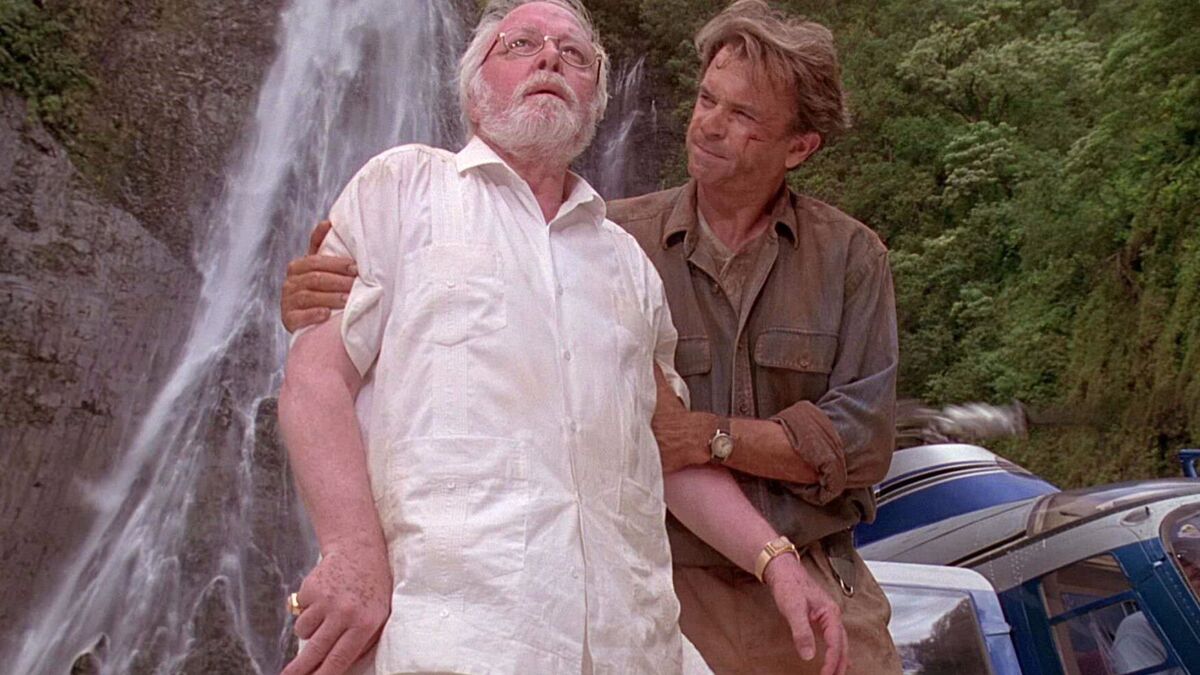
Loved this, great read
Thank you! I hope to do more like this in the future.